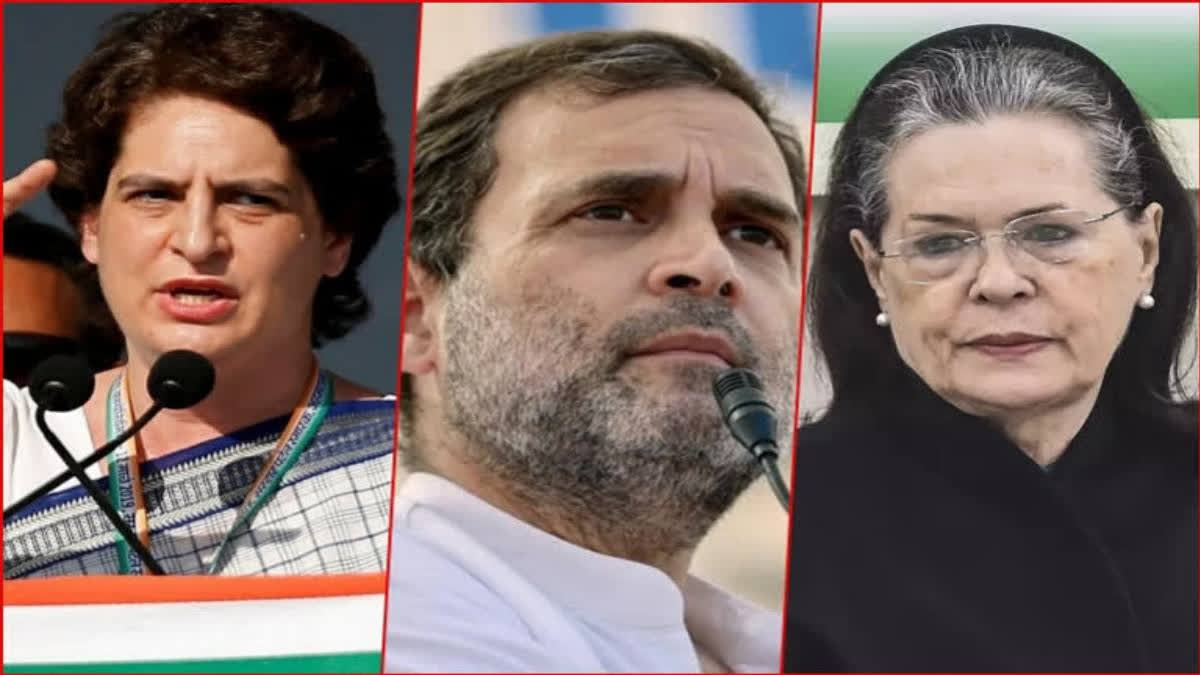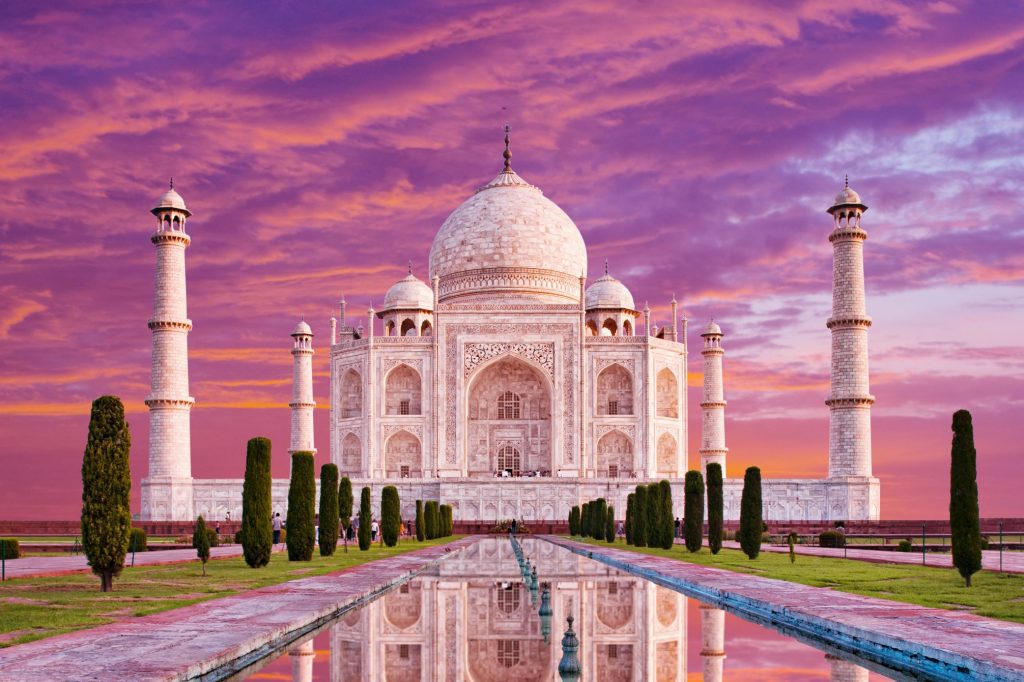It will also be on Apple Podcasts and Spotify.
If you want to support the costs for hosting and Zencastr, you can give to my Patreon.
It will also be on Apple Podcasts and Spotify.
If you want to support the costs for hosting and Zencastr, you can give to my Patreon.
Reproducing a recent (slightly edited) tweet in full, originally written in response this article:
Yes, I read your piece, and I’ve read countless others like it over the last decade. That Indian Americans are a “model minority” is not a myth, it’s a statement of fact that is apparent to anyone who has taken even a cursory look at the community’s social/economic outcomes in recent decades as measured by any reasonable metric. It’s not culturally chauvinistic or triumphalist to point this out. There is an important conversation to be had about the structural factors that enabled this including, e.g., inequities in Indian society and American immigration policy (so-called “double selection”), but it is also apparent that our success as a community in recent decades has been a product of both the openness and economic dynamism of American society and the Indian community’s emphasis on financial success, educational attainment, and family stability. That this picture doesn’t capture the diaspora community as a whole is obvious, but it doesn’t have to. That’s why we use averages.
The assertion that the model minority is a “myth” is not an empirical argument, but an ideological one, and in my view it reflects an underlying anxiety among Indian Americans regarding their position in the elite left/democratic coalition. On the one hand, Indian Americans enjoy socio-economic outcomes that surpass those of the average white American, but on the other hand we are from a post-colonial country, are brown, largely non-Christian, etc. and therefore have a natural affinity to the “POC” coalition. It’s a tenuous position to be sure, and the result is an emergent elite that feels the need to apologize for the community’s success, to be embarrassed of it, or to attribute it to wholly structural factors. Even more pernicious is the characterization of certain cultural values that enabled our success in the first place as “White, Christian” measures of success. This is nonsensical and dismissive of the struggles of first generation immigrants who escaped destitution and successfully created a better life for themselves and their families.
The success of Indian Americans in recent decades throws a wrench in the American racial binary (in fact this has been the case since Bhagat Singh Thind), but it also casts doubt on the prevailing ideological shibboleths of the left, namely that America is a white supremacist country, that we are all victims of structural racism, etc. Look, these critiques of American society might have some truth to them, but Indian Americans are not convincing spokespeople for a view that is so at odds with our own experience. To pretend otherwise is to try and fit a square peg in a round hole. So when someone holds up Indian Americans as “ideal” or “model” immigrants, this aggravates the anxiety, because it reveals the truth that our community’s success has been enabled by a political and social culture that many Indian Americans are ideologically compelled to condemn as fundamentally inequitable.
What is most ironic, however, is that the result is often not considered reflection on these ideological axioms, but rather the construction of a “model minority” of their own. The dutiful, hard-working immigrant who is grateful to their adopted country and a model for other immigrants is rejected as a normative ideal in favor of the committed ally who recognizes their privilege and dutifully subordinates the lessons of their own experience and culture to the demands of the coalition. Those who dissent from this model are increasingly condemned as some sort of traitors to the “culture” or, increasingly, “hindu supremacists.” I’d like to think there’s a third path, one that unabashedly celebrates Indian American success and the society and culture that enabled it, while also thinking critically about how Indian Americans can leverage that success to contribute to the national fabric in a way that does not require ritual self-flagellation as a demonstration of political and ideological loyalty.
Some Musings from Major Amin.

“It was not the best of times , it was the worst of times , it was not the season of light , it was the season of darkness , it was not the spring of hope , it was the winter of despair ” I am talking about the 2020-2021 period when the world was battling Covid.. Like the rest of the world I too was stuck in my house , hearing bad news after other and trying to put on a brave face . Cricket briefly for a few months , the great India tour of Australia ending with the great heist at Gabba gave us moments of great joy but such events were few and far in between.
It was in this background that , for my motley set of old classmates and fellow “Cricket Tragics” as we called ourselves had a blast , thanks to Bansi ( Ajay Bansiwal) one of our founding members , who took us through a masterclass of World Cinema. He is a movie buff , one of the lucky few whose day job also involves movies and he has a treasure trove of great world movies – that were non English and Non Indian Language and gave us a sampling of great movies across various languages – Korean , Scandinavian , European and such. These were not “High Brow” art movies , in the situation that we were with near and dear and friend and colleagues all suffering , all of us needed some escapist fantasy without compromising on our aesthetics. So the movies Bansi recommended were not sad or serious movies even though they took upon real and serious issues but always in a entertaining “masala” way or as a black comedy. These are all as Desi or Indian as movies can be only in languages and cultures that are vastly different from us. Sort of gives us the reaffirmation that human emotions are rather universal !
In this podcast , Bansi and I talk about 15-20 such movies in no particular order of priority – the only common theme being , we enjoyed watching all of these possibly the most. These range from hard core violent Revenge movies to Slow Burn Crime Thrillers set in Argentina to absurdist black comedies and some picture perfect French work of art movies ! We have tried not to share spoilers in most cases and hope to hook you enough to make you search for these movies and have as much fun seeing them and discussing them as we had . These prove that a good yarn well narrated is always engrossing whatever language it be in or the culture or country it is based in !
The Movies discussed are
Sympathy for Mr Vengeance – Korean
Oldboy – Korean
Lady Vengeance – Korean
Memories of murder – Korean
Barking dogs never bite – Korean
I saw the devil – Korean
Welcome to Dongmakdol – Korean
Secretly Greatly – Korean
In China they eat dogs – Danish
Adam’s apples – Danish
Department Q series -Danish
The Alzheimer case – Dutch – Belgian Movie
Micmacs – French
Welcome to the Sticks – French
The band’s visit – Arabic/Hebrew – Israeli Movie
Marshland – Spanish
Nine Queens – Spanish – Argentinean Movie
Killing Cabos – Spanish Mexican Movie
Two rabbits – Portuguese – Brazilian Movie
The man who copied – Portuguese – Brazilian Movie
What’s going on?

Another Browncast is up. You can listen on Libsyn, Apple, Spotify (and a variety of other platforms). Probably the easiest way to keep up the podcast since we don’t have a regular schedule is to subscribe to one of the links above!
In this episode I chat with our regular guest, Military Historian Major Agha Humayun Amin, but we dont touch on military history in this episode. Instead I asked his opinion on the Trump assassination attempt (he admires Trump), the war in Ukraine, Gaza, Pakistan, India, etc. Enjoy. Comments welcome.
Radhika and Anant Ambani finally get married. Mind you their wedding festivites, all in all, started in March of this year. So it essentially stretched on for months.

The latest news today is that Anant gifted his 10 groomsmen, limited edition luxury watches (only 25 pieces), worth $250,000 apiece.

I wish the Ambanis the very best that life has to offer but I’m reflecting that this might go some way in explaining as to why the BJP’s electoral results were so much poorer than expected. I also note that the Gandhis refused to attend the wedding; in a way one can’t buy the attendance of blue bloods?

I’m sounding slightly Waspish here (what to do I live between the two Cambridges) but such excessive and extravagant displays of wealth seems only focused on pleasure and leisure. What I would have much preferred is some old decrepit part of India sensitively restored for the wedding; where is the investment in the country itself.
One could argue that the Ambanis are the very essence and marrow of India then why are they partaking in foreign luxury brands and not patronising in domestic industries.

These are just questions that I’m asking since after all this is easily the most expensive wedding on the planet and history; Mukesh Ambani has spent $600 million on this entire escapade (0.5% of the Ambani family wealth?).
We also had a rather nice wedding but above all it interwove taste, class, tradition with a touch of opulence.
Noblesse obligee demands those who are fortunate to reflect on what they are able to give back to society; one cannot but remember that European nobility patronised the Great Masters, Mozart, Brahms and other such brilliant art. Even Shah Jahan, who was not the wisest or sanest of rules, at least built the tear on the cheek of eternity.

What has emerged from Anant’s wedding that will stand the test of time?

Please find the earlier review of the same novel i wrote a few years back: Parva: An epic masterpiece – Brown Pundits
Spoilers ahead
Continue reading A civilization born in blood : a relook at the final act of Parva
From our regular contributor, Dr Hamid Hussain. He is doing a series on Jewish-Muslim relations and sent these two pieces about prayer and pilgrimage in the two related religions.
Jewish Muslim Relations – Shared Rituals – Prayer
“Prayer is God’s backstage pass into a personal audience with Him”. Tony Evans
Judaism and Islam has a complex relationship over the centuries. On the one hand, there is mutual acceptance of basic tenet of monotheism and soundness of divinely inspired ethical standards to guide a believer’s life by both religions. On the other hand, Judaism’s critique of Islam as not an authentic divine message and Islam’s assertion that original message of Judaism was authentic but was later distorted or corrupted by the Rabbis therefore it is superseded by Islam.
There is an old post about blasphemy laws from 2015 that i revised in 2021. It is on the site, but not well written and hard to search for, so i decided to repost it because blasphemy is in the news again and I cannot count the number of times someone has managed to say “colonial era blasphemy laws in Pakistan” in a misleading manner. I wanted to have a post handy where I could direct them, so here it is, a quick overview of the blasphemy issue in Pakistan
A blasphemy law was part of the 19th century Indian Penal code as section 295.. It was not a bad law at all and the lazy habit of blaming it for later blasphemy law crap in the Indian subcontinent is just that: a lazy habit (mostly promoted by LeLi Indians and Pakistanis desperate to find someone else to blame)
Here is section 295 of the Indian Penal Code of 1860:
Injuring or defiling place of worship with intent to insult the religion of any class.—Whoever destroys, damages or defiles any place of worship, or any object held sacred by any class of persons with the intention of thereby insulting the religion of any class of persons or with the knowledge that any class of persons is likely to consider such destruction, damage or defilement as an insult to their religion, shall be punishable with imprisonment of either description for a term which may extend to two years, or with fine, or with both.
The aim of the law was to prevent/punish things like someone throwing a dead pig into a mosque or a cow’s head into a temple. An actual physical desecration is to be punished. This seems like an eminently sensible law and cannot really be blamed for all the evils that came later.
But in the 1920s there was a famous case in Lahore where a Hindu publisher was arrested by the colonial authorities after Muslims agitated against him for having published a book called Rangila Rasul (“merry prophet”). The British colonial authorities tried to prosecute him for hurting the religious sentiments of Muslims, but the high court in Lahore (quite properly) found him innocent because there was no law on the books against just publishing a book, no matter how offensive it may be to some religious group. Fearing future communal discord from such provocations, the British then had the legislative assembly add section 295A to the law in order to criminalize deliberate attempts to “outrage the religious feelings of any community”. This section states:
Whoever, with deliberate and malicious intention of outraging the religious feelings of any class of citizens of India, by words, either spoken or written, or by signs or by visible representations or otherwise], insults or attempts to insult the religion or the religious beliefs of that class, shall be punished with imprisonment of either description for a term which may extend to 4[three years], or with fine, or with both.
But even with this new and expanded article 295A in place, prosecutions for blasphemy were few and far between until, in the 1980s, General Zia added two new sections to the law in Pakistan and really set the ball rolling. These infamous sections are labelled 295B and 295C.
295-B: Defiling the copy of Holy Qur’an. Whoever wilfully defiles, damages or desecrates a copy of the Holy Qur’an or of an extract there from or uses it in any derogatory manner for any unlawful purpose shall be punishable with imprisonment for life.
295-C: use of derogatory remarks etc., in respect of the Holy Prophet: – who ever by words, either spoken or written, or by visible representation, or by any imputation innuendo, or insinuation, directly, defiles the sacred name of the Holy Prophet Muhammad (PBUH) shall be punished with death, or imprisonment for life and shall also be liable for fine.
Punishment was later upgraded to the death penalty.
Note that the law no longer requires that the offense be malicious in intent. Intent is no longer an issue. Insulting the Quran or the prophet, even unintentionally, is now punishable by death. To seal the deal, in 1991 the Federal Shariat Court of Pakistan struck down the option of life imprisonment and made the death penalty obligatory.
And of course, the new amendments only apply to blasphemy against Islam, not against all religions (in this sense, the new laws are more “rational” and internally coherent, since all religions blaspheme against all other religions as a matter of course, so the original law was not coherent in principle, though still workable in practice). Between 1984 to 2004, 5,000 cases of blasphemy were registered in Pakistan and 964 people were charged and accused of blasphemy; 479 Muslims, 340 Ahmadis, 119 Christians, 14 Hindus and 10 others. Thirty-two people charged with blasphemy were killed extra-judicially during that time. More have died since. Eighty-six percent of all the cases were reported in Punjab.
Every time this shit hits the fan, many liberal people start hoping that this blasphemy law can be changed to finally stop or slow down this torrent of prosecutions and killings. Others have noted that the law is not the problem, free-lance enforcement of a broader blasphemy meme in the Muslim community is the problem and will likely persist even if the law is repealed. In my view the law is not the only problem, but it IS a very potent symbol of the surrender of state and society in front of the blasphemy meme. Repeal of the law will not kill that meme, but repeal of the law will be an equally powerful signal that things have changed and that state and society no longer approve of the killing of blasphemers. It will not end the problem, but it will be the beginning of the end. Repeal of the law is not a sufficient condition for this nightmare to end, but it is a very important necessary condition.
Unfortunately, I don’t think such repeal or amendment is actually likely in the foreseeable future. My predictions: Continue reading Blasphemy in Pakistan; NOT a Colonial Era Problem